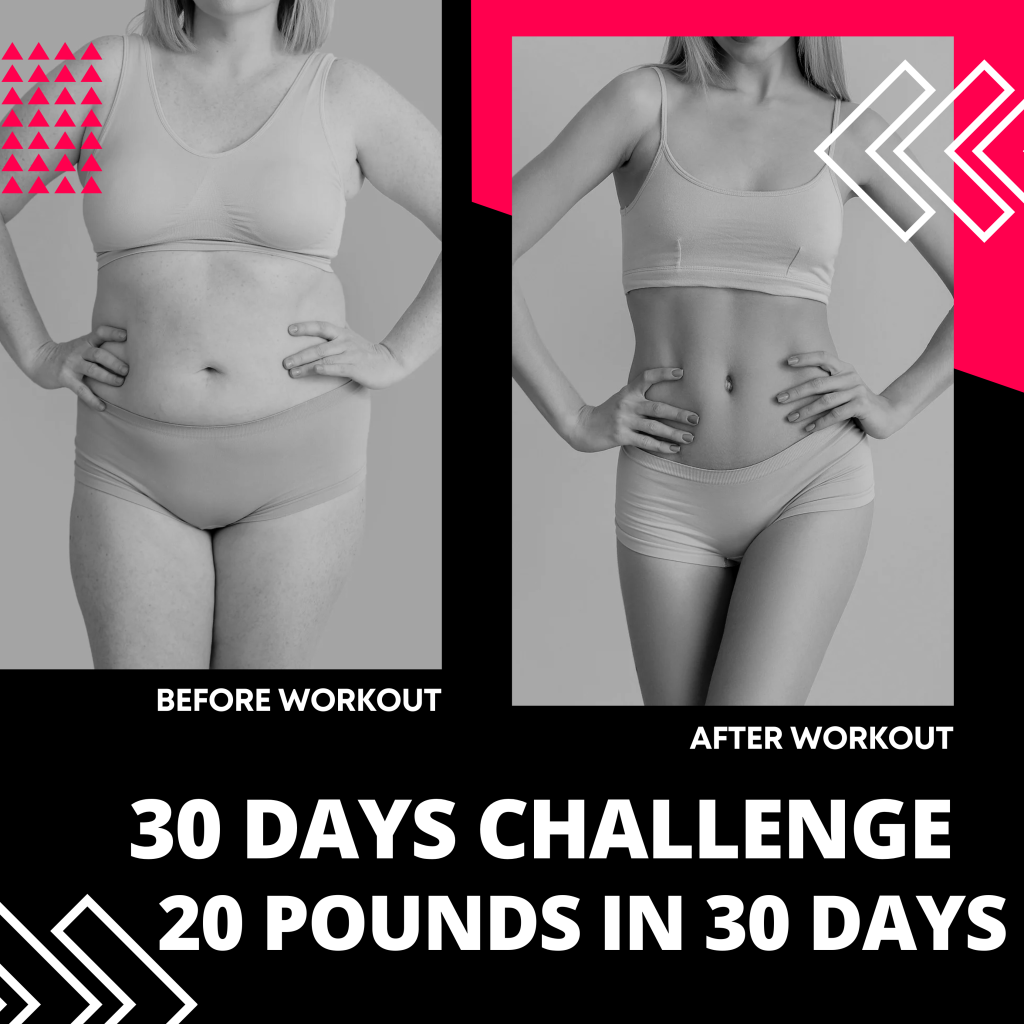

Following a low-carb lifestyle, such as the ketogenic diet, can be an effective way to lose weight and improve health. However, some people may wonder how to stay fit and maintain muscle mass while cutting out carbohydrates from their diet. The key to staying fit while following a low-carb lifestyle is combining it with regular exercise.
The ketogenic diet is a high-fat, moderate-protein, low-carb diet that aims to put the body into a state of ketosis, where it burns fat for fuel instead of carbohydrates. While this can lead to rapid weight loss and other health benefits, such as improved insulin sensitivity and reduced inflammation, it can also present some challenges when it comes to maintaining muscle mass and energy levels for exercise.
One of the main concerns with following a low-carb diet is the limited availability of carbohydrates, which are the body’s preferred source of energy for high-intensity exercise. Without enough carbohydrates, some people may experience fatigue, decreased performance, and muscle loss during intense workouts. However, with the right approach to exercise and nutrition, it is possible to stay fit and active while following a low-carb lifestyle.
Here are some tips for staying fit while following a low-carb diet:
1. Choose the Right Type of Exercise: While high-intensity exercises like sprinting and weightlifting may rely heavily on carbohydrates for energy, low-intensity exercises like walking, cycling, and yoga can be more sustainable on a low-carb diet. Focus on incorporating a mix of cardiovascular exercise and strength training into your routine to maintain muscle mass and endurance.
2. Time Your Carbohydrate Intake: To optimize energy levels for exercise, consider consuming some carbohydrates before and after your workouts. Eating a small amount of carbs before a workout can provide a quick source of energy, while consuming carbs after a workout can help replenish glycogen stores and support muscle recovery.
3. Stay Hydrated: Dehydration can worsen the symptoms of keto flu and negatively impact your exercise performance. Make sure to drink plenty of water throughout the day, especially before, during, and after your workouts.
4. Focus on Protein and Healthy Fats: While carbohydrates may be limited on a low-carb diet, protein and healthy fats should be prioritized to support muscle growth and overall health. Include sources of lean protein, such as chicken, fish, and tofu, as well as healthy fats like avocados, nuts, and olive oil in your meals.
5. Listen to Your Body: Everyone’s body reacts differently to low-carb diets and exercise, so it’s important to listen to your body and adjust your routine as needed. If you experience fatigue, dizziness, or muscle loss, consider increasing your carb intake or consulting with a healthcare professional.
In conclusion, staying fit while following a low-carb lifestyle is achievable with the right approach to exercise and nutrition. By choosing the right type of exercise, timing your carbohydrate intake, staying hydrated, focusing on protein and healthy fats, and listening to your body, you can maintain muscle mass and energy levels while reaping the benefits of a keto diet. Remember to consult with a healthcare professional before making any significant changes to your diet or exercise routine.






